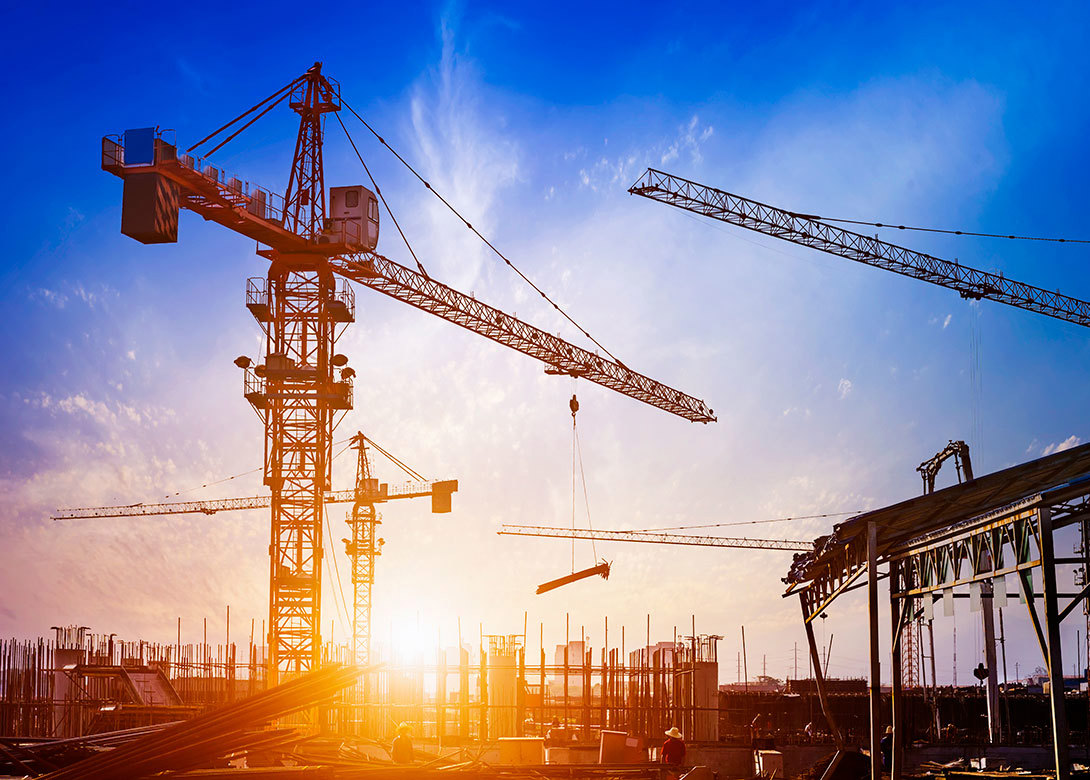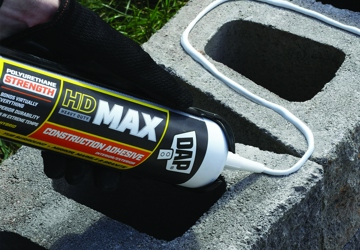

To the untrained eye, fasteners and fixings may appear to be inconsequential to building projects. However here, Neil Kirwan, specification manager at SFS UK, explains how the correct specification of these components, right down to what material they are composed of, is key to ensuring structures can stand the test of time.
Fasteners and fixings are used by the thousands, if not millions, every day in construction and on building envelopes. Too often, there is little thought to how these parts play an important role in a building’s performance and lifespan, with fasteners not specified until Stage 4 in the RIBA plan of works. By this point, the fastening system has already been decided, and contractors are left to cost up the work, and fasteners and fixings can often be the subject of ‘corner cutting’.
This can be hugely damaging in terms of the total cost of ownership and operation of the building. It is likely that servicing and maintenance will increase unnecessarily, while thermal performance is compromised. In worst case scenarios, the building itself may become unsafe over time.
With the right specification from the outset though, these issues can be prevented, and the building envelope can remain robust over the system’s service life.
There are five principles of fasteners - durability, weathertightness, airtightness, aesthetics and structural performance. Each particular application will need the fastener to comply with at least two or three of these functions and often will need all five.
Failure of the fastener to satisfy these functions may lead to the inevitable, and sometimes catastrophic, failure of the system or very costly remedial works. The key is to selecting the appropriate fastener for the specific use, and then ensuring that the specification is not deviated from.
There are a multitude of fasteners available on the market, each one designed for a particular use. These include self-drilling fasteners, self-coring fasteners, self-threading fasteners and clamping fasteners.
To avoid failure of the rain screen or roof system, both the type of fastener and its material must be considered early on in the design phase. Coated carbon or austenitic stainless steel are the two main materials used in manufacturing fasteners and fixings.
Coated carbon steel rapidly corrodes upon exposure to humidity and polluted environments and whilst surface coatings with excellent corrosion resistance can be applied to prolong a fastener’s life, this will only slow down the corrosion process. Good industry practice is to use austenitic stainless steel fasteners in combination with galvanised steel purlins to avoid bi-metallic reactions.
Naturally, buildings are exposed to the elements, which differ dependent on where the building is located. The external environment of a building can impact the effectiveness of fasteners used. For example, when specifying fastening systems for use on buildings within 10km of the coast or an estuary, there is a high salt content in the air that can corrode fasteners. Fasteners in these cases should be made from A4 316 grade stainless steel.
However, it isn’t just the external environment of a building that impacts on what fasteners should be specified – the building’s use can have implications too. Swimming pools, for example, create a high-level of chlorine in the air, leading to stress cracking within the fastening material due to corrosion as humidity and chlorine react with the metal. These buildings would be better suited using R5 or 1.4547 stainless steel fasteners which are less likely to be affected by chlorine in the air.
This was certainly the biggest consideration for Centre Parcs’ refurbishment of their Longleat Forest site. Like all other Centre Parcs UK locations, Longleat Forest focuses around a central area housing a subtropical swimming paradise and restaurant facilities. Originally completed in 1994, the existing membrane and glazed rainscreen systems were in need of refurbishment.
To ensure the fastening system could withstand the chlorinated environment of the pool areas, SFS worked closely with the contractors and project engineers to specify TDA-S and TDB-S, R5 (EN 1.4547) grade stainless steel fasteners. Super austenitic R5 grade stainless steel fasteners were especially developed for the project to provide added protection against stress corrosion.
It’s not just chemicals and substances in the air that can corrode building envelope components though - the substrate which the brackets are attached to can also be a factor. For instance, limestone, which can be present in certain wall constructions can react and corrode brackets that are made from aluminium. To prevent this, the bracket should be specified with an isolator, which separates it from the wall.
As well as the environment the building is in, specifiers should also look at the whole lifecycle costs of the fastener, not just the initial costs. Choose an A4 316 stainless steel fastener and you are guaranteed to meet the minimum requirements, but if you buy cheap, they won’t last as long and will need to be replaced earlier than expected.
Continuing on this theme is the durability of the fastener, especially ones that are coloured to match with the aesthetic of the building. Today colour-coated cladding represents over 90% of their total market, and fastener colours must match with the cladding to avoid sticking out like a sore thumb.
Typically, there are two choices – moulded headed fasteners and powder coated fasteners. Moulded headed fasteners are prone to UV degradation, whereas powder coating offers toughness and durability, as well as providing an accurate match to the colour of the surrounding weather sheet. Powder coating is only very slightly affected by UV light, and so fading or weathering is uncommon. The fastener head remains small and compact and there is no bulky plastic to cause visual intrusion.
Specifiers also need to consider how building envelopes impact energy usage and identify areas where there are opportunities for reducing energy consumption. This is in line with Part L2 of the Building Regulations, which looks at the thermal efficiency of buildings.
One area where energy efficiency can be improved is by using appropriate seals to make the building as airtight as possible. High grade butyl strip weather and air sealants, such as the pink strip butyl sealant developed by a leading sealant manufacturer and sold by SFS, perform 20% better than standard butyl sealant. This type of sealant is manufactured from cross linked butyl and is therefore suitable for all corrosivity categories C1-C5.
Whilst fasteners are used in abundance, they are very often the unsung heroes that are forgotten about during specification. This mindset must change, as they are critical to the overall quality of the roofing system or building envelope. Specifiers should consider fastening solutions once they have an aesthetic vision in mind to ensure the correct fixing solution is used to achieve that vision, as well as deliver whole life costs and value.

Having spent a decade in the fastener industry experiencing every facet – from steel mills, fastener manufacturers, wholesalers, distributors, as well as machinery builders and plating + coating companies, Claire has developed an in-depth knowledge of all things fasteners.
Alongside visiting numerous companies, exhibitions and conferences around the world, Claire has also interviewed high profile figures – focusing on key topics impacting the sector and making sure readers stay up to date with the latest developments within the industry.





